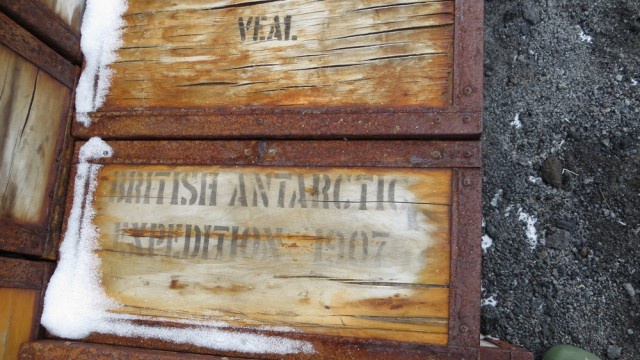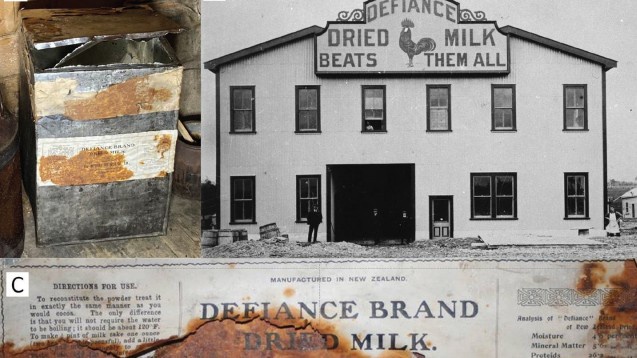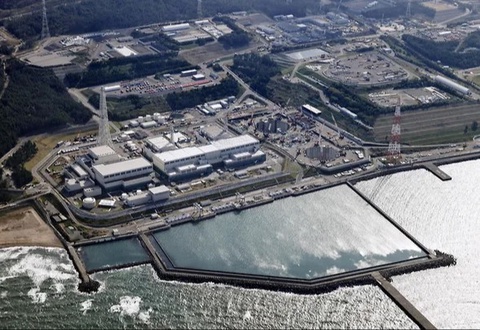According to the study, despite advances in cow breeding and agricultural practices, modern milk shows more similarities than differences with 117-year-old milk, reports EurekAlert.
Samples produced in 1907 were kept frozen for over a century. They were found during restoration work at Shackleton Base Camp as part of a project to restore the Antarctic Heritage Trust.
As chemist Skelte J. Anema noted, despite centuries of differences between samples, the key ingredients have not changed dramatically. He added that the mineral components in both samples were approximately the same. But the 117-year-old milk was found to contain more iron, lead and tin - apparently due to the quality of the container in which the product was stored.
Despite the striking similarities, the researchers emphasized that modern whole milk powder is produced using a different method, which greatly affects its appearance and ability to dissolve easily in water.














